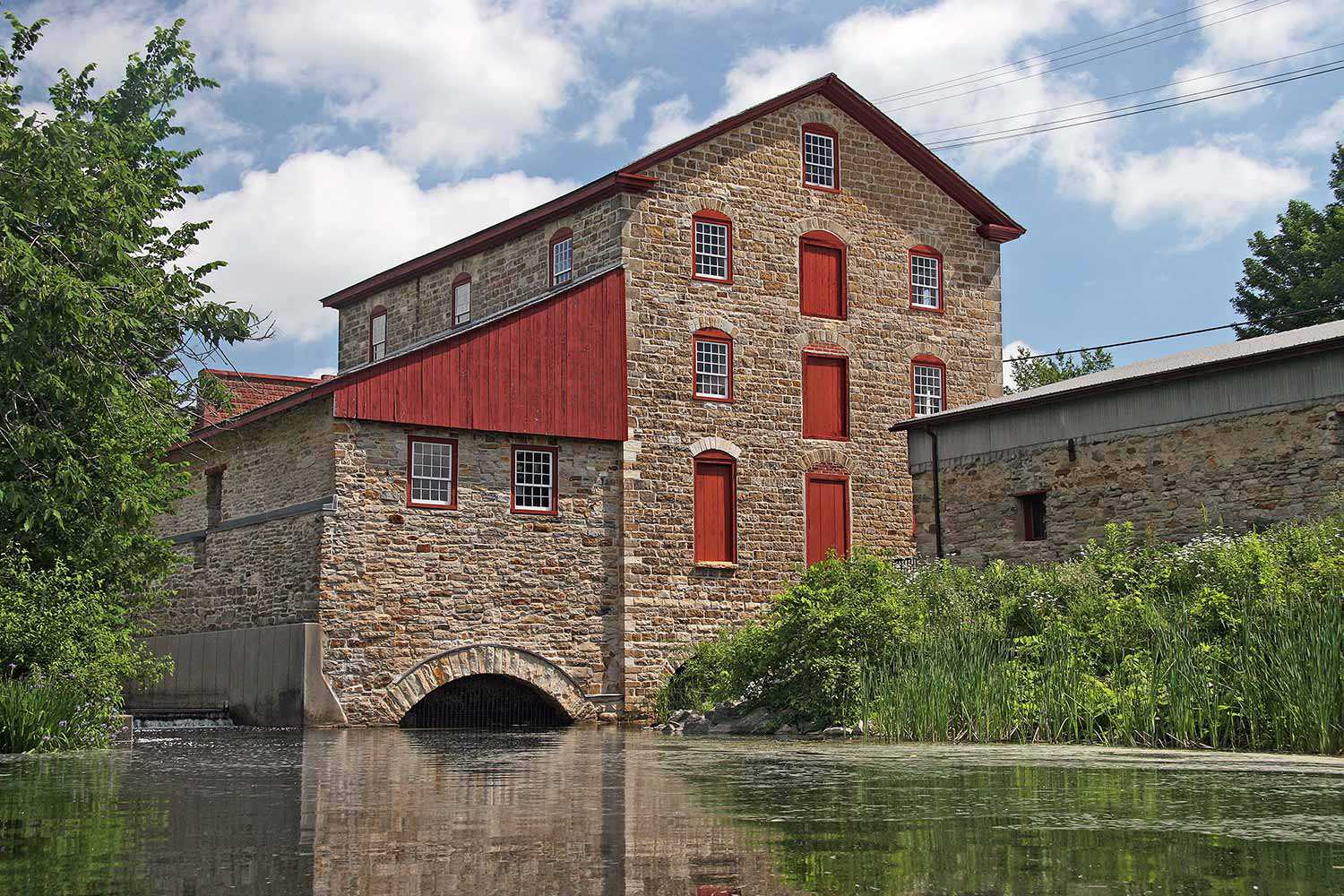Menu
Eight guiding principles in the conservation of historical properties
The following guiding principles, prepared by the Ministry of Citizenship and Multiculturalism, are statements in the conservation of historical properties and are based on international charters that have been established over the past century. These principles, endorsed by the Ontario Heritage Trust, provide an intellectual framework for decision making in architectural conservation. They also provide conservation rationale for activities or interventions that may affect the character, features or context of a heritage property.
1. Respect for documentary evidence
Do not base restoration on conjecture. Conservation work should be based on historical documentation, such as historical photographs, drawings and physical evidence.
2. Respect for the original location
Do not move buildings unless there is no other means to save them. Site is an integral component of a building. Any change in site diminishes heritage value considerably.
3. Respect for historical material
Repair or conserve rather than replace building materials and finishes, except where absolutely necessary. Minimal intervention maintains the historical content of the resource.
4. Respect for original fabric
Repair with like materials, to return the resource to its prior condition without altering its integrity.
5. Respect for the buildings history
Do not restore to one period at the expense of another. Do not destroy later additions to a house solely to restore it to a single time period.
6. Reversibility
Alterations should be able to be returned to original conditions. This conserves earlier building design and technique. For instance, when a new door opening is put in a stone wall, the original stones are numbered, removed and stored, allowing for future restoration.
7. Legibility
New work should be distinguishable from old. Buildings should be recognized as products of their own time, and new additions should not blur the distinction between old and new.
8. Maintenance
With continuous care, future restoration will not be necessary. With regular upkeep, major conservation projects and their high costs can be avoided.

